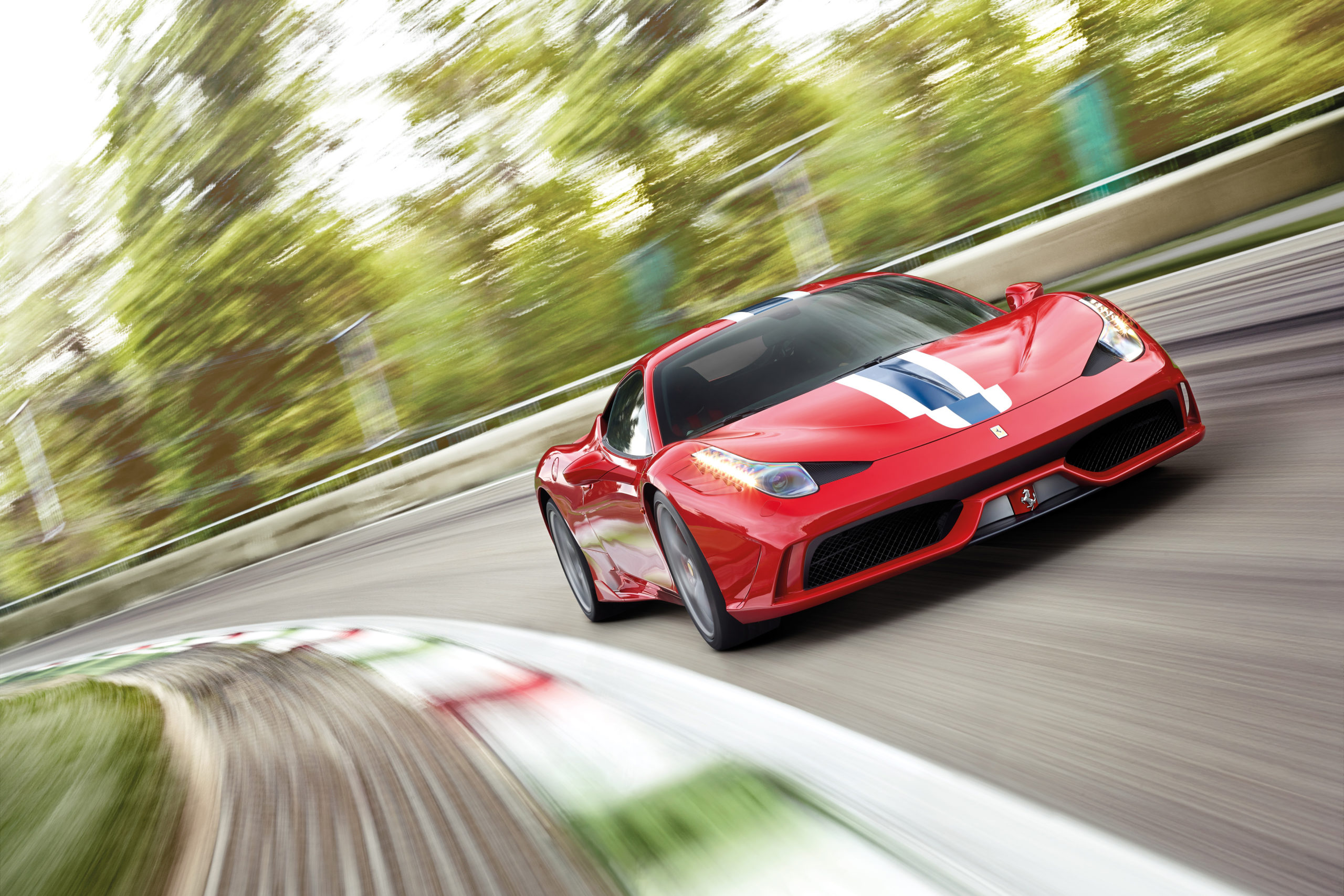
This has been a decade of change.
As the calendar rolls forward into 2020 it’s worth looking back on the last 10 years and seeing just how far we’ve come. Locally the decade started with the Holden Commodore our best-selling car, and ended with the Australian car manufacturing industry dead and the Commodore nameplate about to be “retired” for good.
Globally the likes for General Motors and Ford have tried to recover from the financial crisis of the previous decade while simultaneously preparing for a bold new future. That’s largely thanks to an upstart manufacturer that proved electric cars could be popular and desirable if you made them fast and luxurious.
Increasingly strict emissions standards also saw brands forced into downsizing, turbocharging and hybridization in a bid to keep performance and help make the environment better.
Here then, are our five picks for the cars that helped define this decade. Narrowing it down was no easy task and there were several worthy contenders that didn’t make it, so be sure to let us know in the comments and on social media if you agree or disagree with our choices.
2012 Tesla Model S
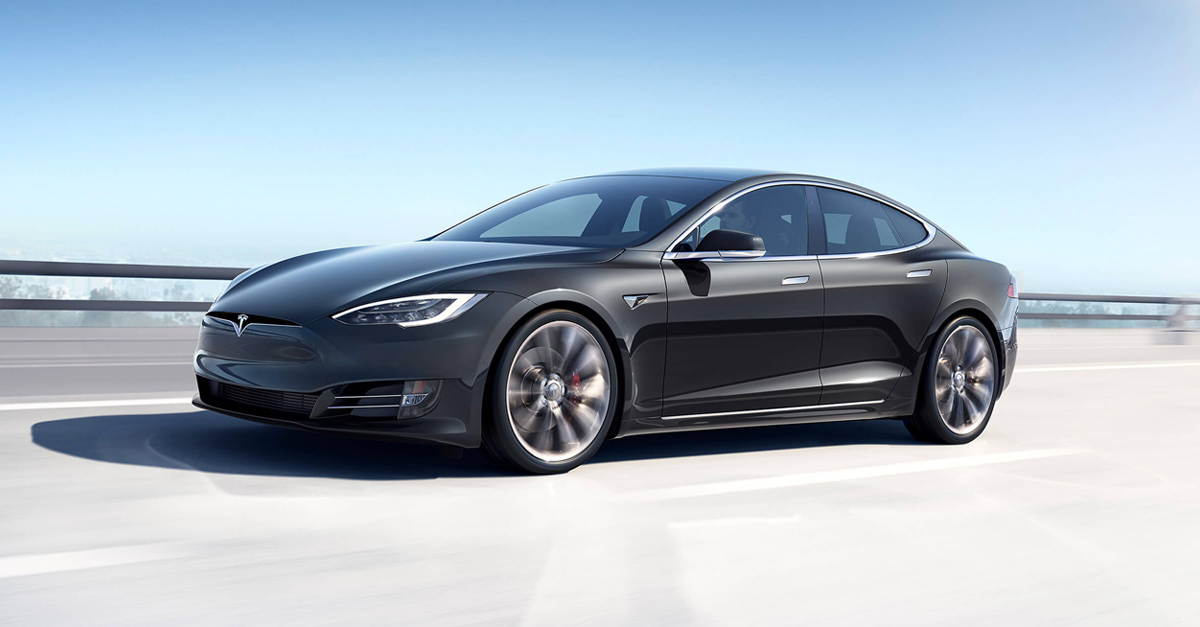
No other car had the same level of impact on the entire car industry as the Model S. Sure, there were electric cars that came before it but none captured the public’s imagination quite like Tesla with its charismatic leader, Elon Musk.
But more importantly, the Model S demonstrated there was a better way to build electric vehicles (EVs), which until this point were generally small hatchbacks that cost double their petrol-powered equivalents. In the Model S, Musk and co. showed the better was was to make an EV into a luxury car and sell it on its performance credentials.
The rest of the car industry took notice and as we move into the new decade Mercedes-Benz, Audi, Jaguar and BMW are all set to offer luxury EVs following in the wheel tracks of the Model S.
2012 Toyota 86
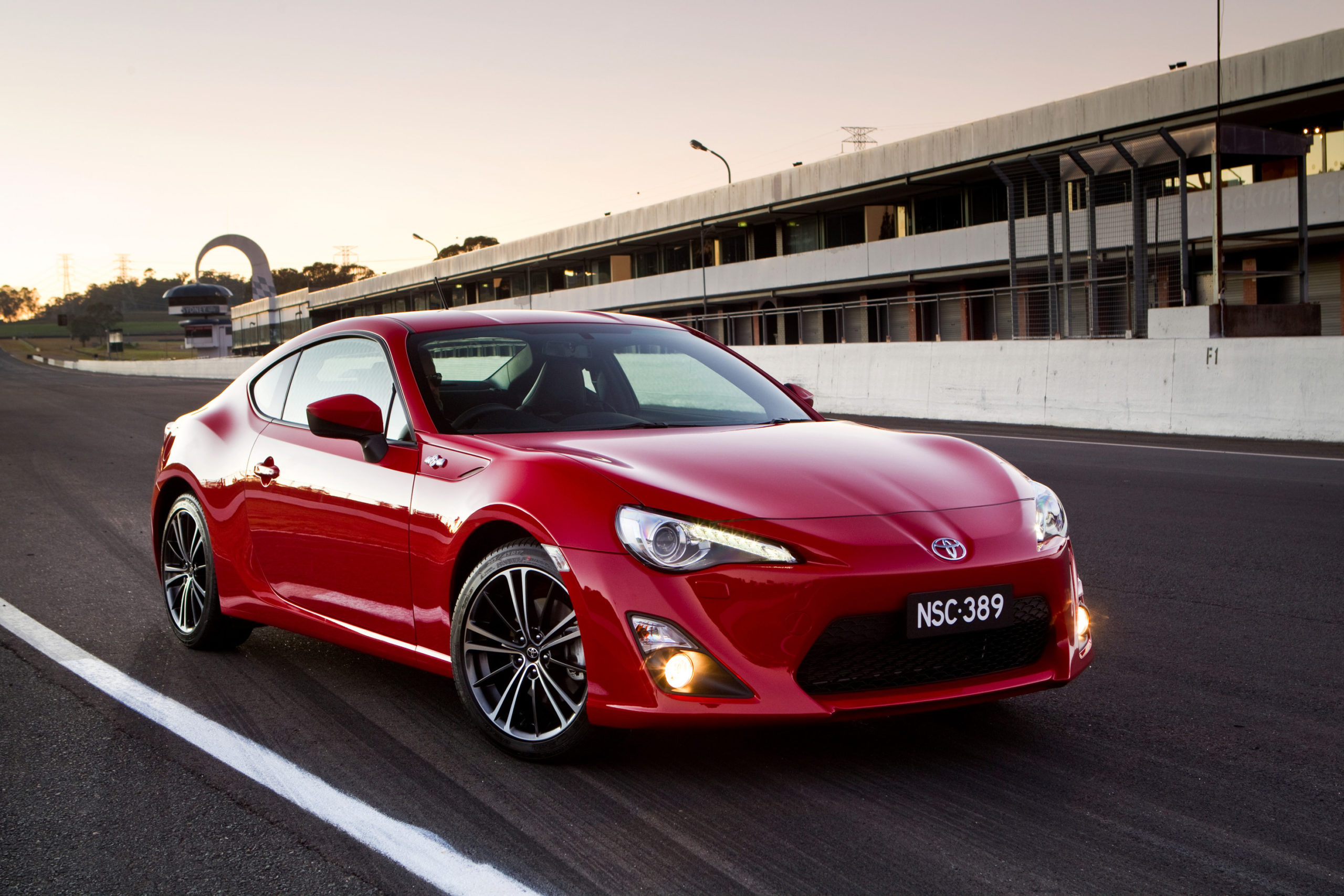
The 2010s will be remembered as the decade that Toyota shrugged off its image as a maker of ‘whitegoods-on-wheels’ and rediscovered its sporty side. Akio Toyoda made a clear directive to his employees to return his family company to the days when it made cars like the AE86, Supra, Celcia and MR2 and instill that dynamic character into its high-volume models.
The 86 was the first product of this, an affordable, rear-wheel drive sports coupe that was genuinely engaging to drive. Not the fastest sports car around but arguably the most fun, it was a complete departure from a brand we’d become accustomed to churning out boring cars like the Corolla and Camry in bulk. It didn’t have a lot of power from its Subaru flat-four engine but nor did it have a lot of grip because it ran on low-resistance tyres from a Prius – the 86 was all about balance.
Fast forward to the end of the decade and Toyota has won Le Mans, won in the World Rally Championship, resurrected the Supra (with BMW no-less) and, perhaps most remarkably of all, made the likes of the Corolla, Camry and RAV4 much more fun to drive.
2013 Ferrari 458 Speciale
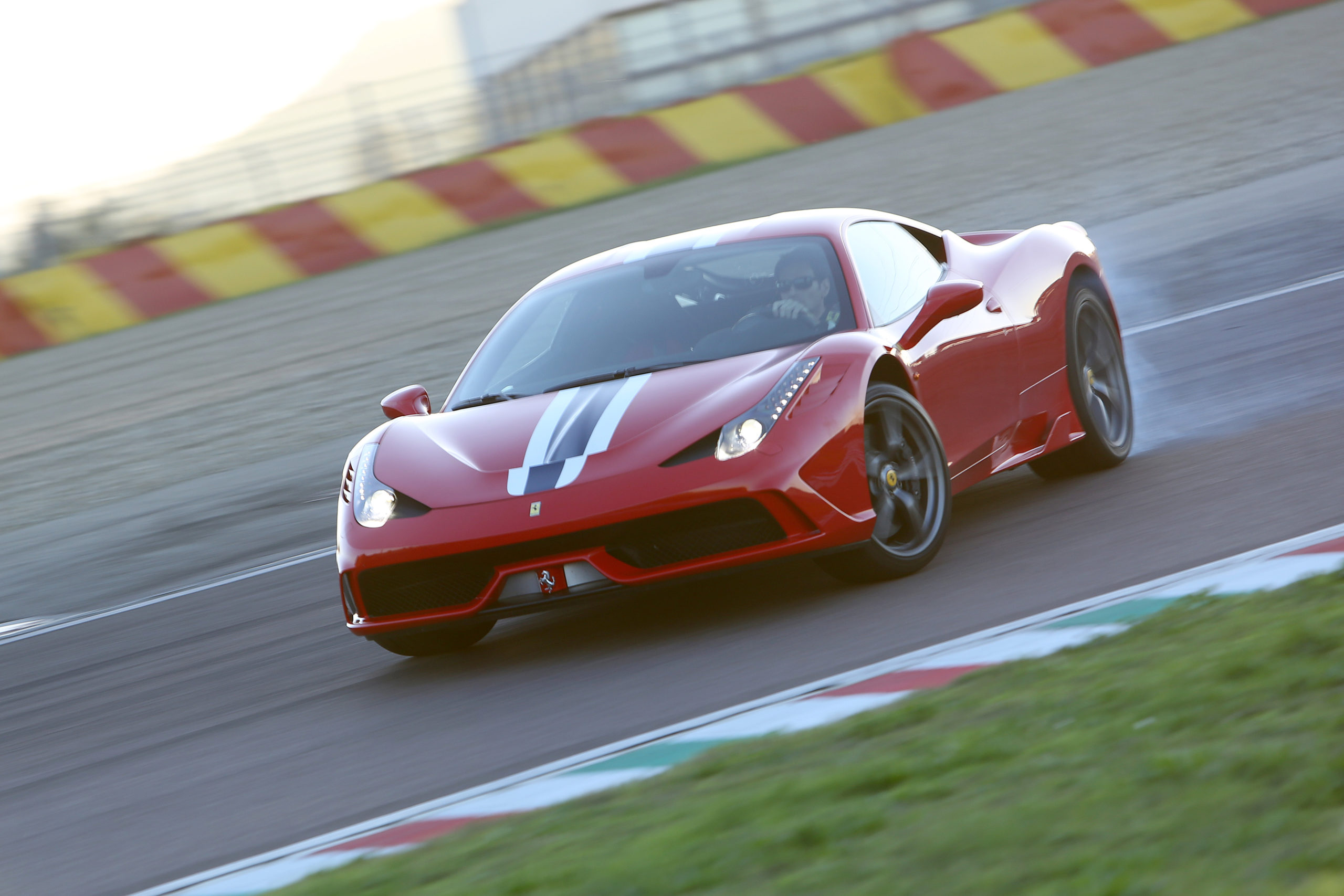
It would be tempting to choose the fastest Ferrari of the decade, 2013’s LaFerrari, the first hybrid from the Prancing Horse, but the 458 Speciale really defines the era. It’s likely to be the last naturally-aspirated V8 the company ever produces which is what makes it truly special.
With 445kw (597hp) at a screaming 9000rpm this is the last Ferrari that will make the noise that generations grew up on.
Yes, the newer turbocharged 488 Pista and upcoming F8 Tributo will be faster, more powerful, etc but as much as Ferrari tries, they will never sound as pure as the 458 Speciale. Regulators and their quest for cleaner cars will ensure the Speciale has a special place in history.
2013 Porsche 918 Spyder
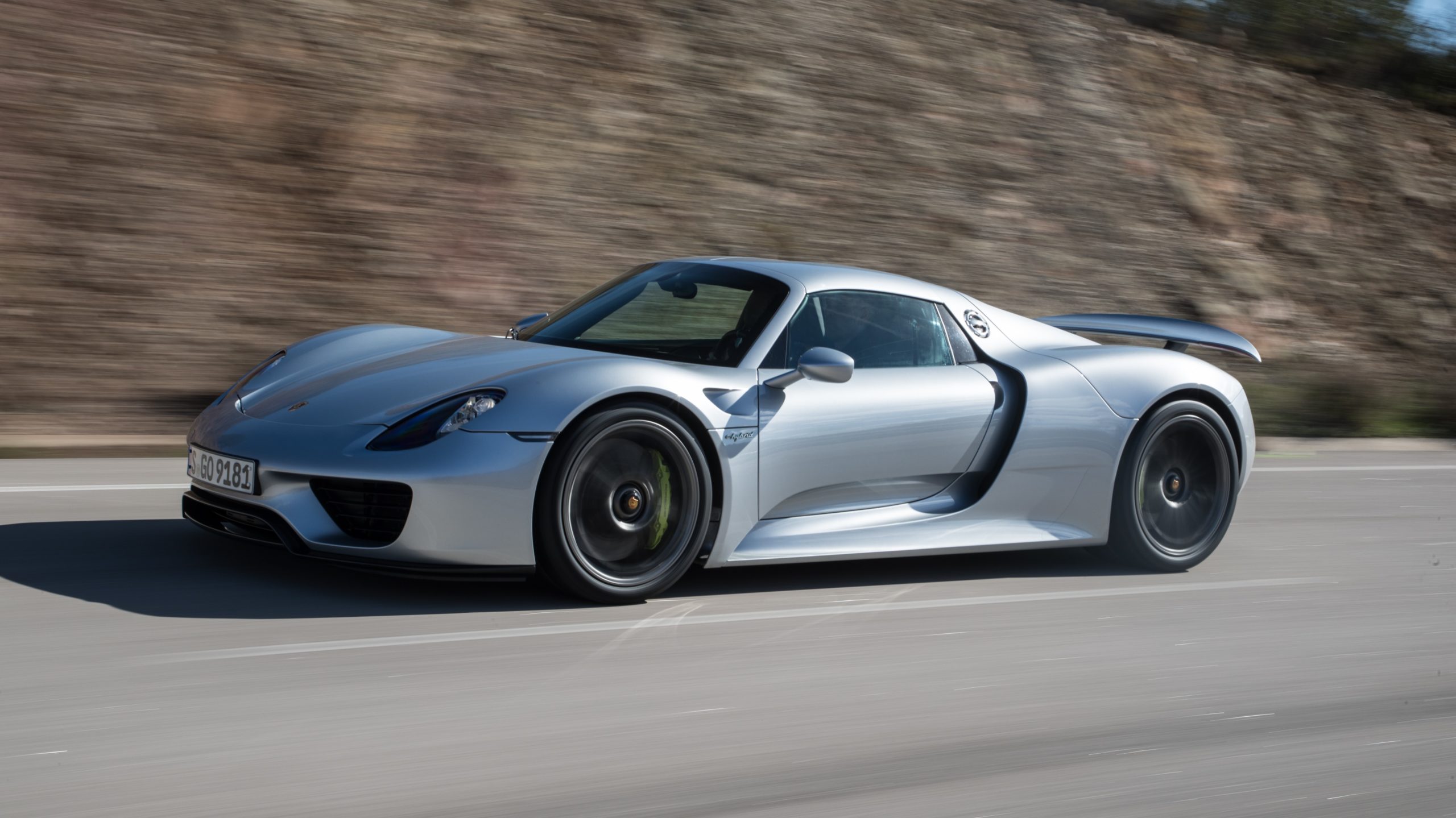
When we’re all driving hybrid or electric sports cars in a decade from now, we can look back at this Porsche as the turning point. At the same time Tesla was revolutionising the way we looked at EVs the German sports car giant was re-inventing the supercar.
The 918 Spyder began its life as elements of the highly-successful RS Spyder prototype race car, including the V8 engine (albeit increased to 4.6-litres instead of the racer’s 3.8L unit). Where it got interesting is when Porsche decided to supplement the V8 with a pair of electric motors, one on each axle, and a 6.8kWh lithium-ion battery pack.
The result was a car that could do 0-100km/h in 2.6secs while using a claimed 3.4-litres per 100km of fuel and drive on electric power alone for 19km. It was that ability to combine high-performance with high-efficiency that made it so ground-breaking and inspired several copycats since.
2017 HSV GTSR W1
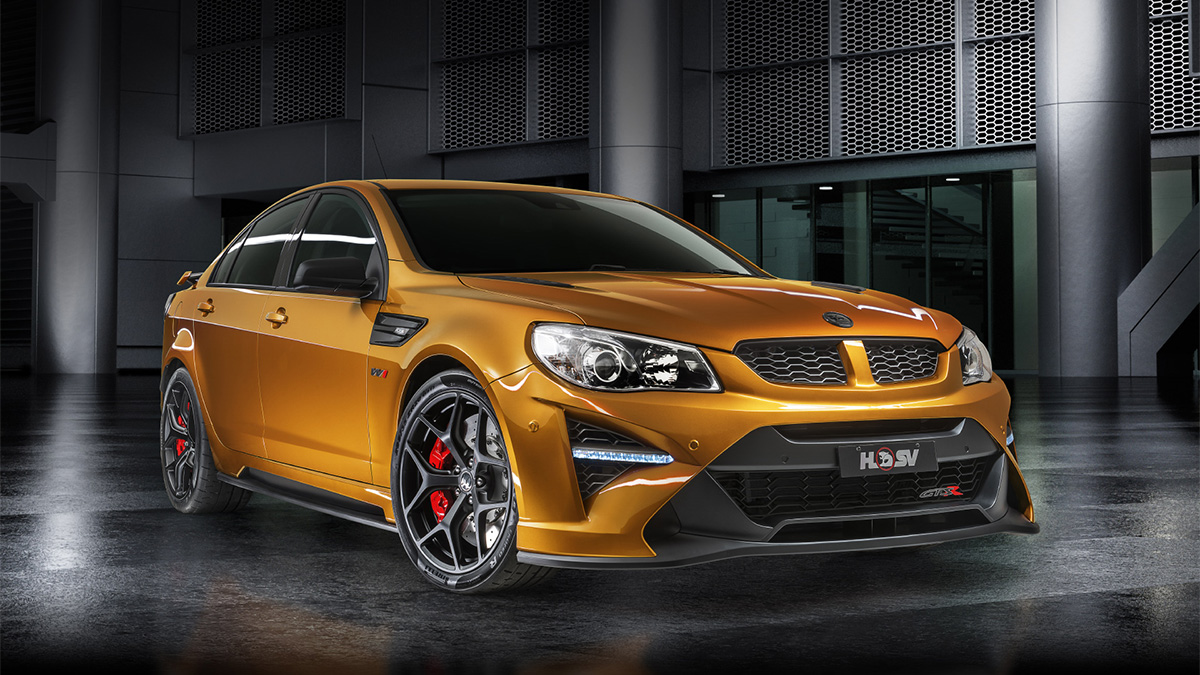
“If this is to be our end, then I would have them make such as end, as to be worthy of remembrance,” King Theoden, Lord of the Rings.
Holden Special Vehicles was never going to end its era of upgrading Commodores with a whimper, but what it produced was most definitely worthy of remembrance – the GTSR W1.
It used General Motors’ famed ‘LS9’ 6.2-litre supercharged V8, the same engine found in the six-generation Chevrolet Corvette ZR1. In other words, the greatest engine GM had at its disposal. Producing 474kW and 815Nm it was the most powerful Australian production car ever built. Every part of the car had to be upgraded to handle all the extra grunt – new Supercar-spec suspension, bigger brakes and stickier tyres.
This is the stuff of legend and not only defined Australian cars for the decade, but arguably for the entire local manufacturing era.



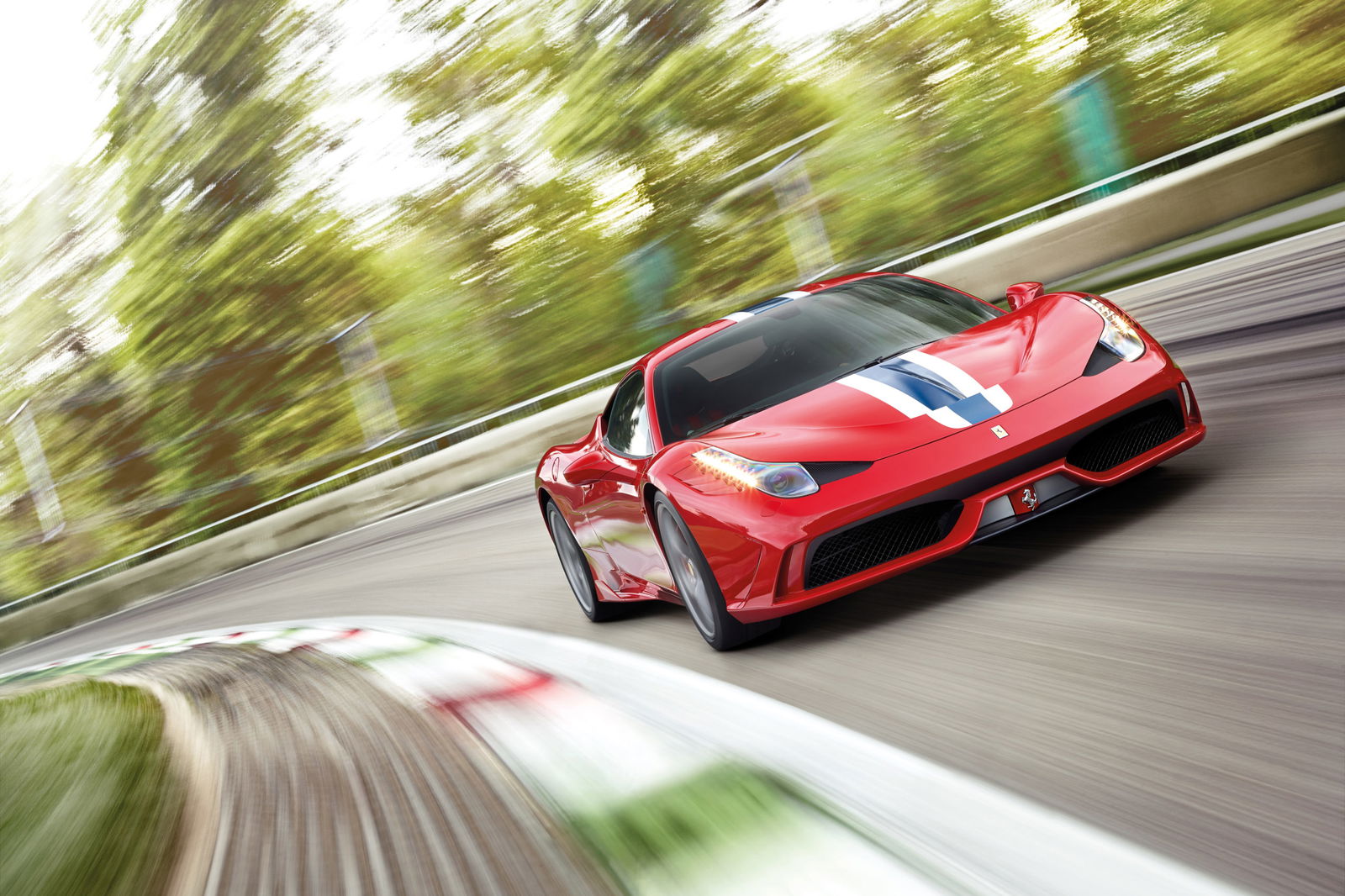



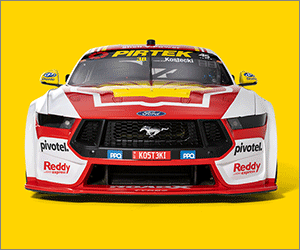





Discussion about this post